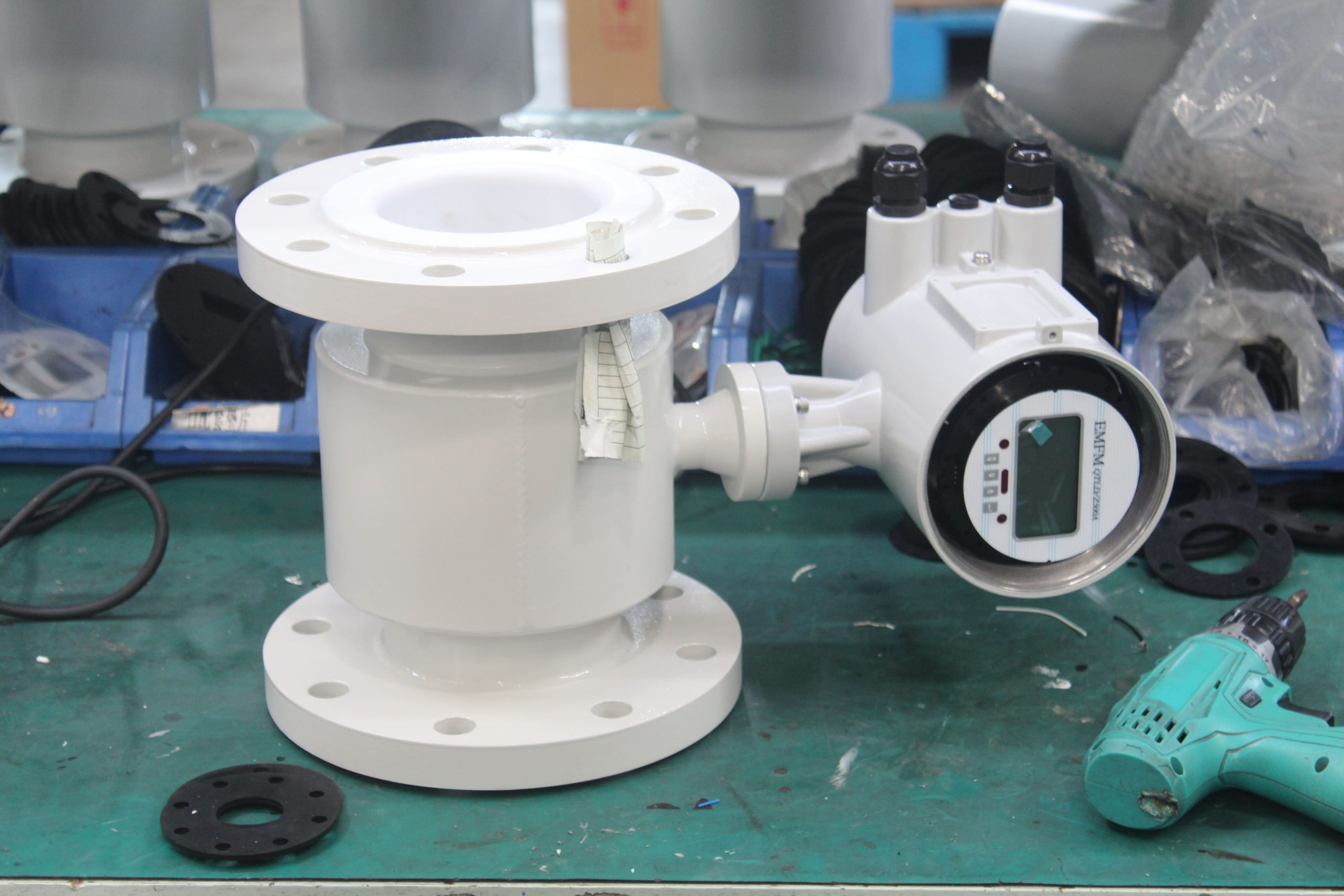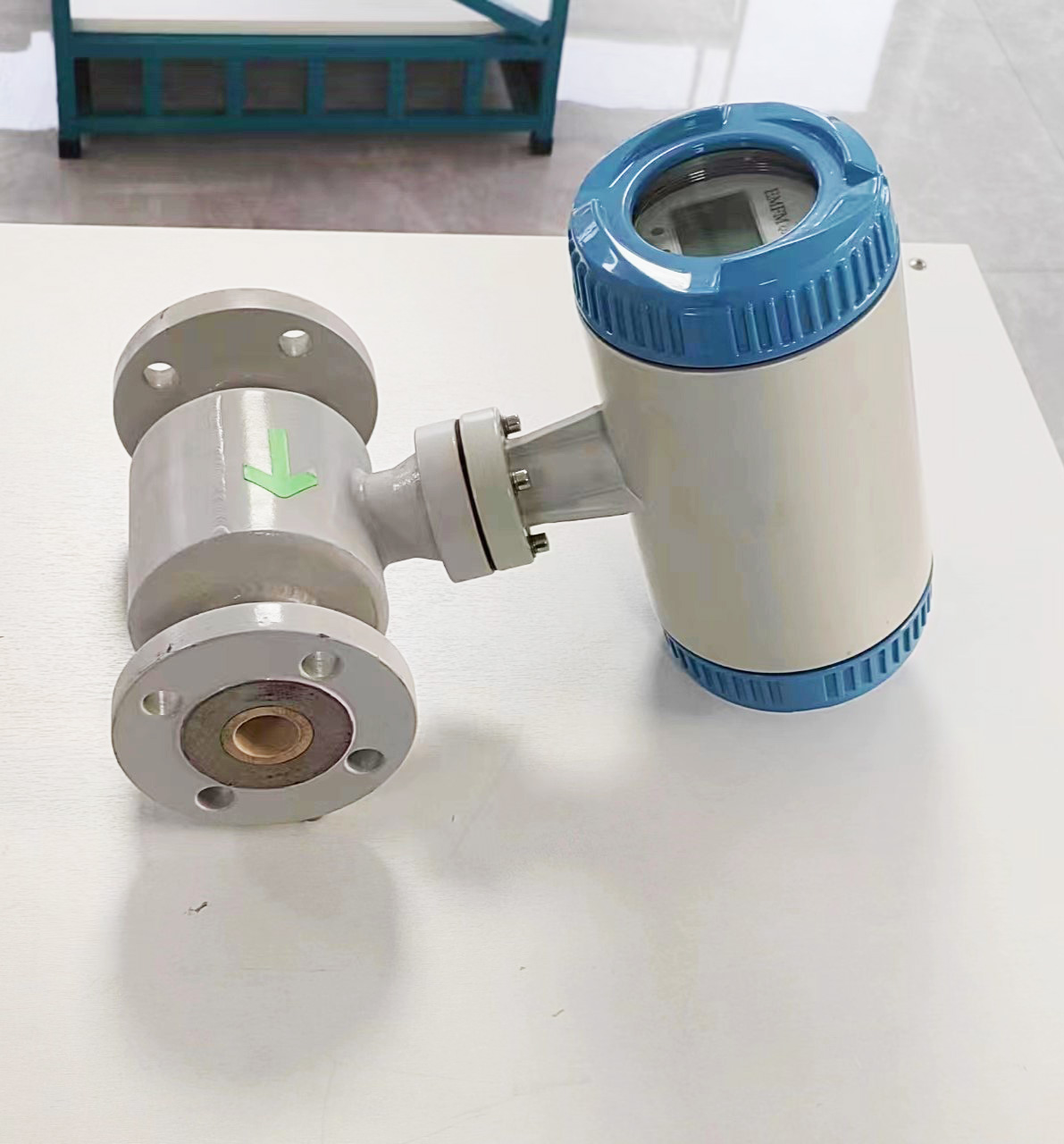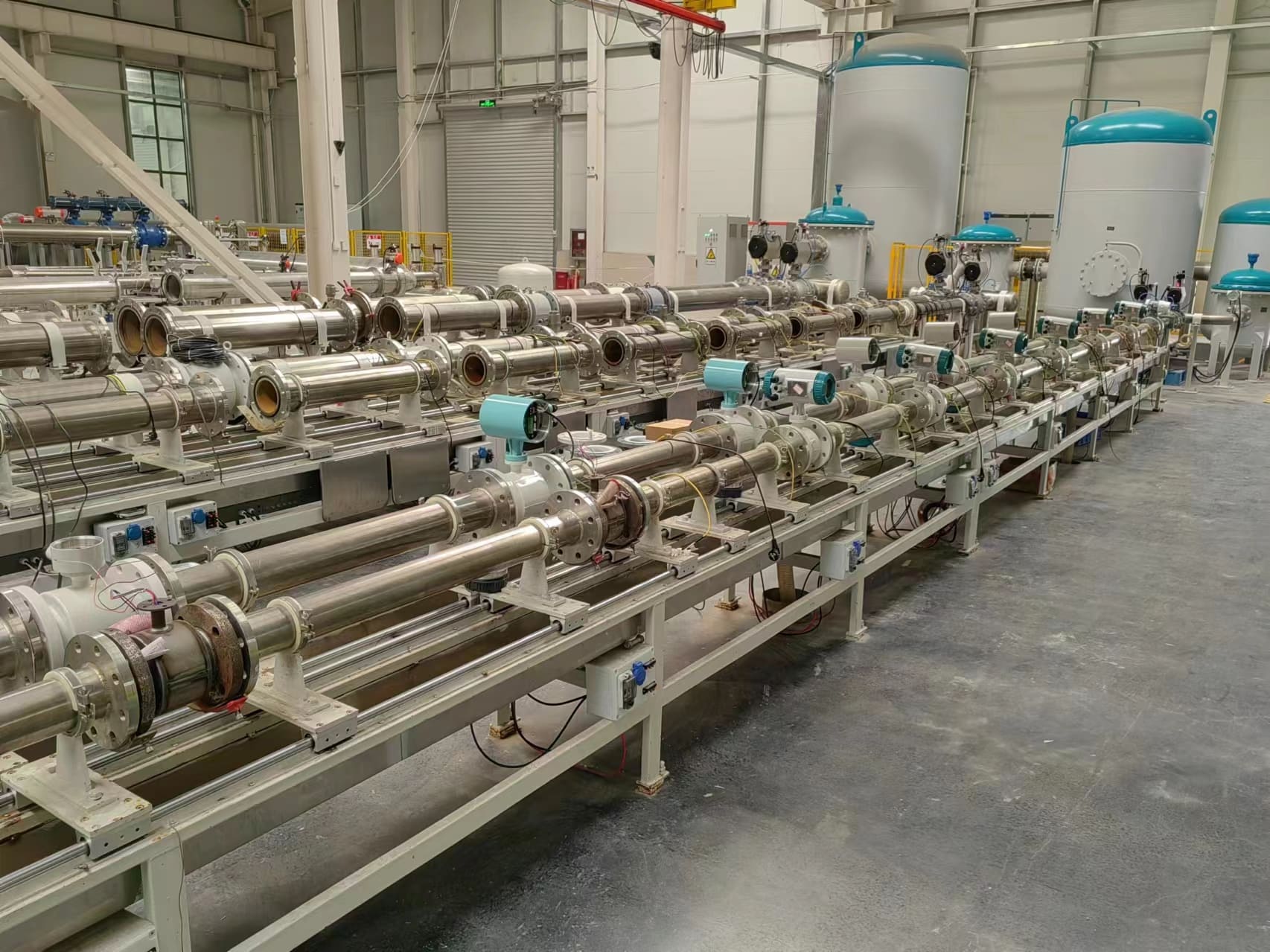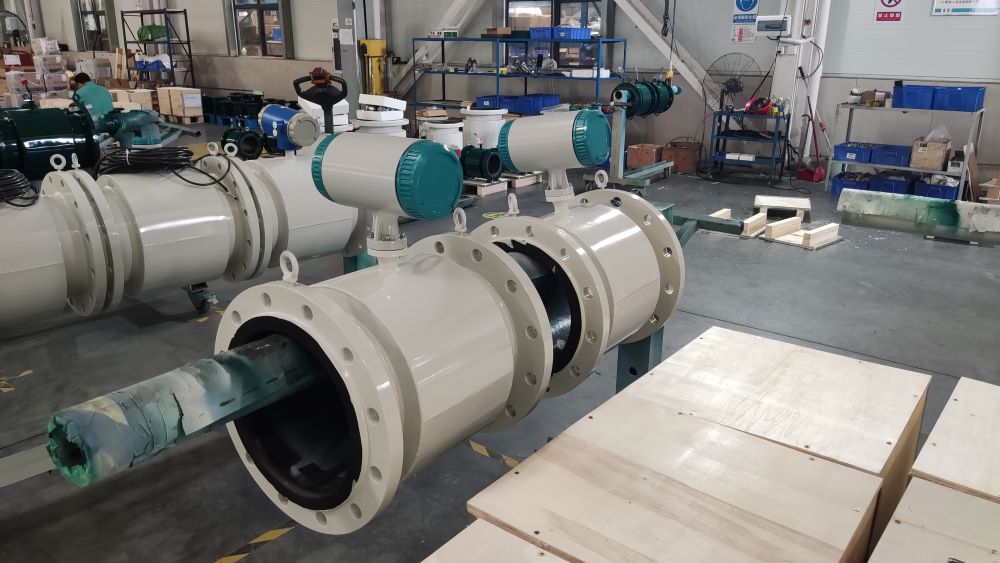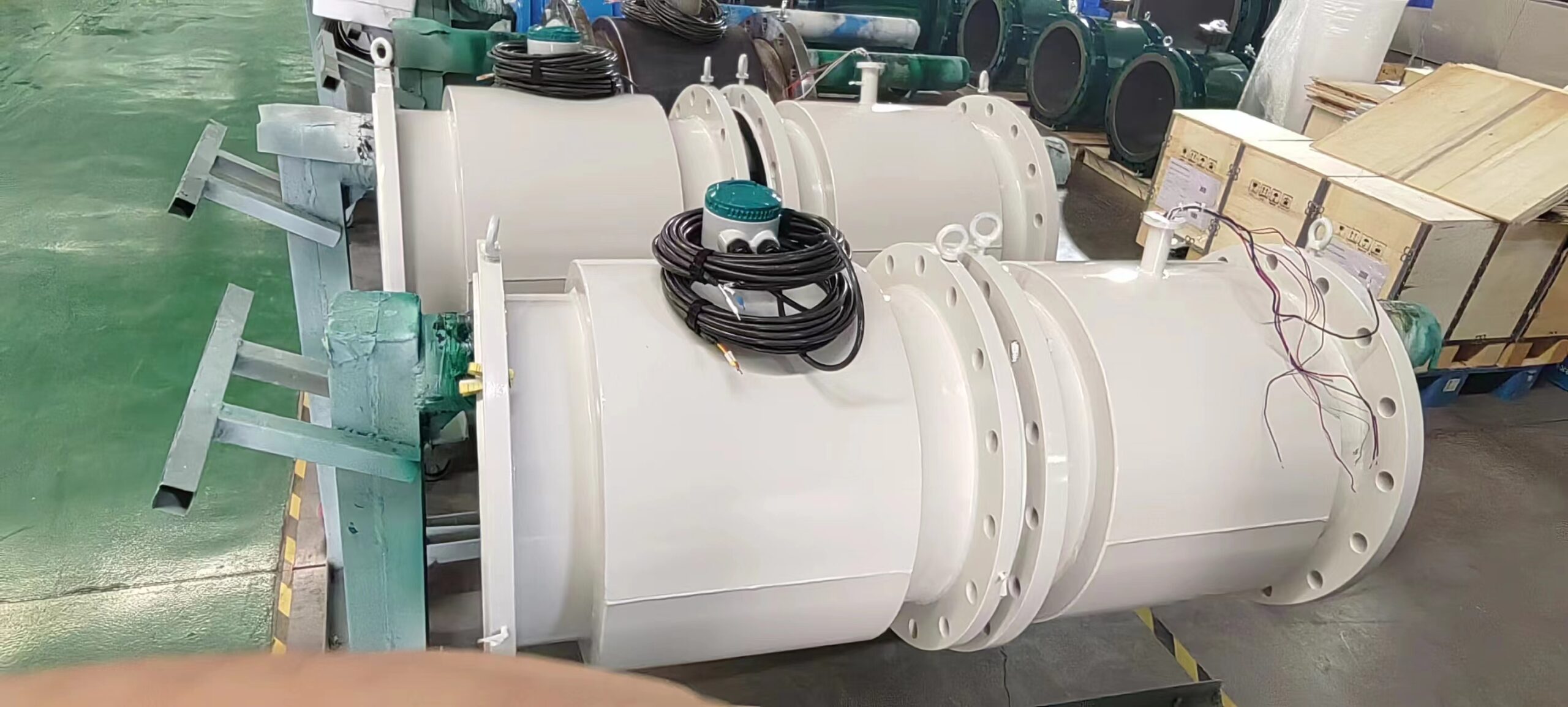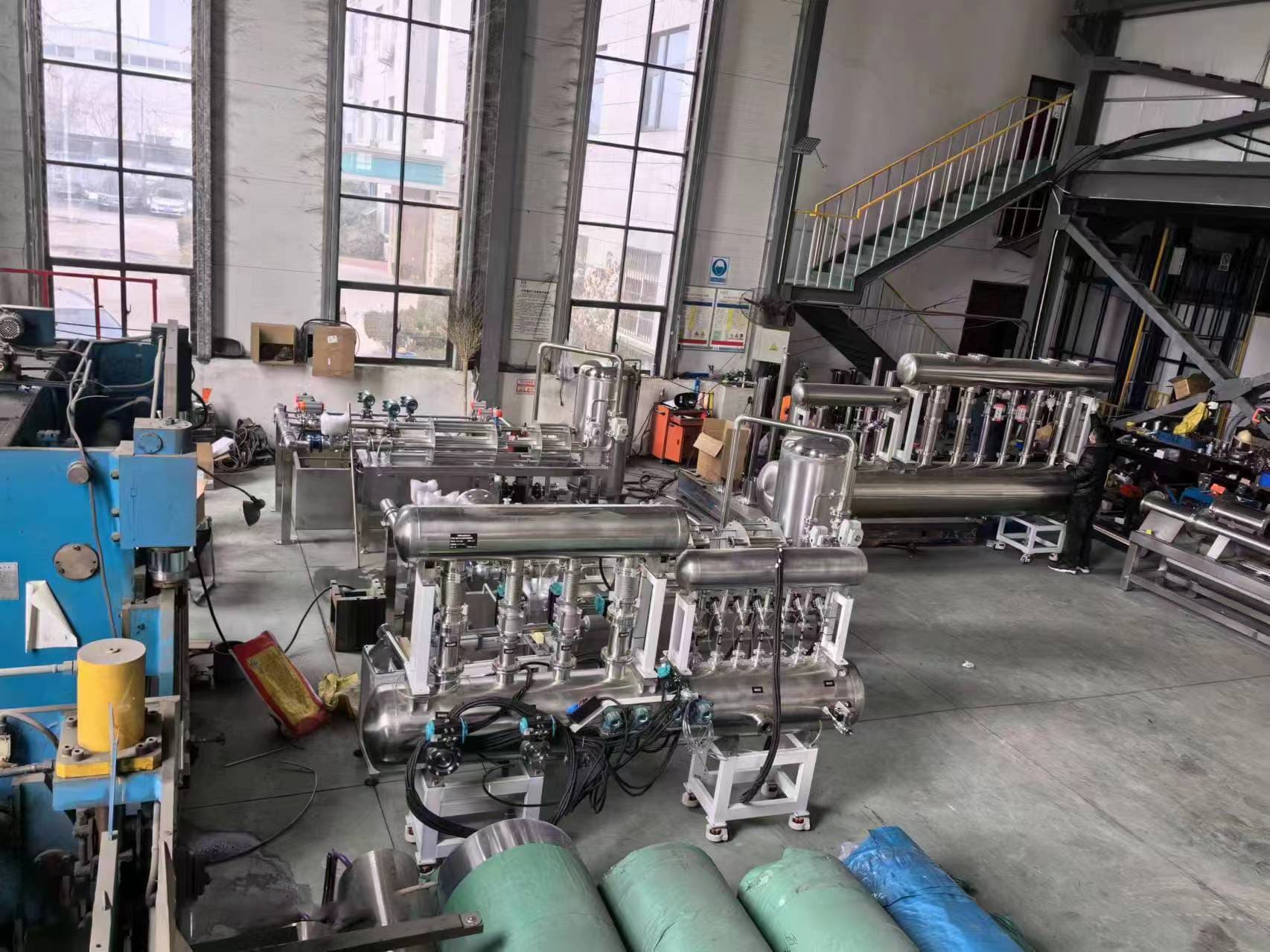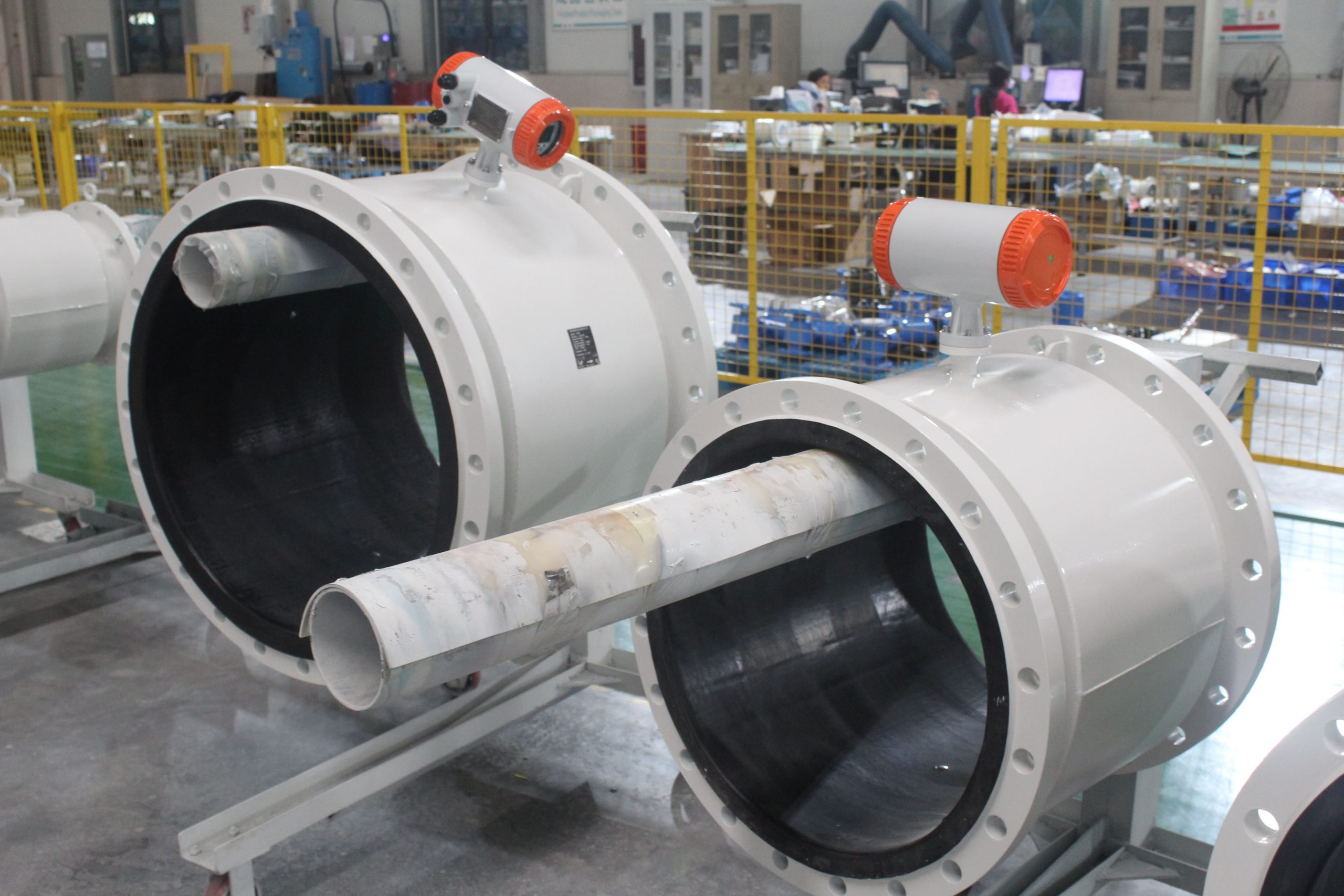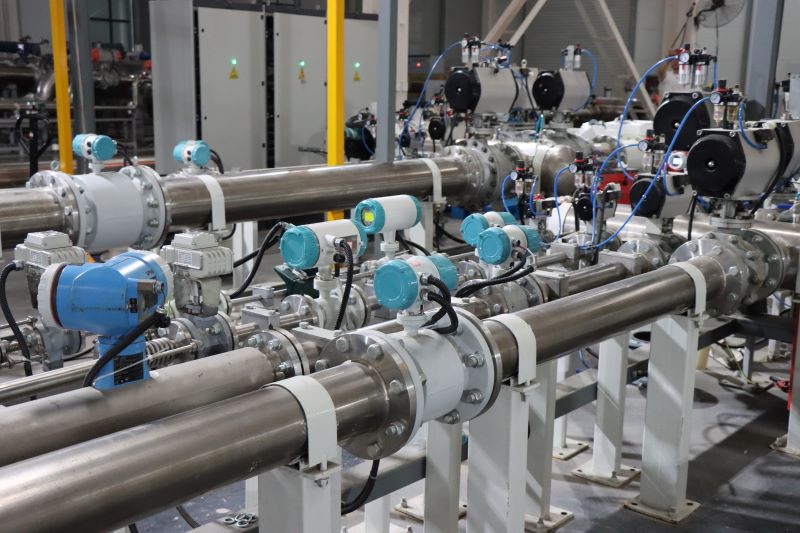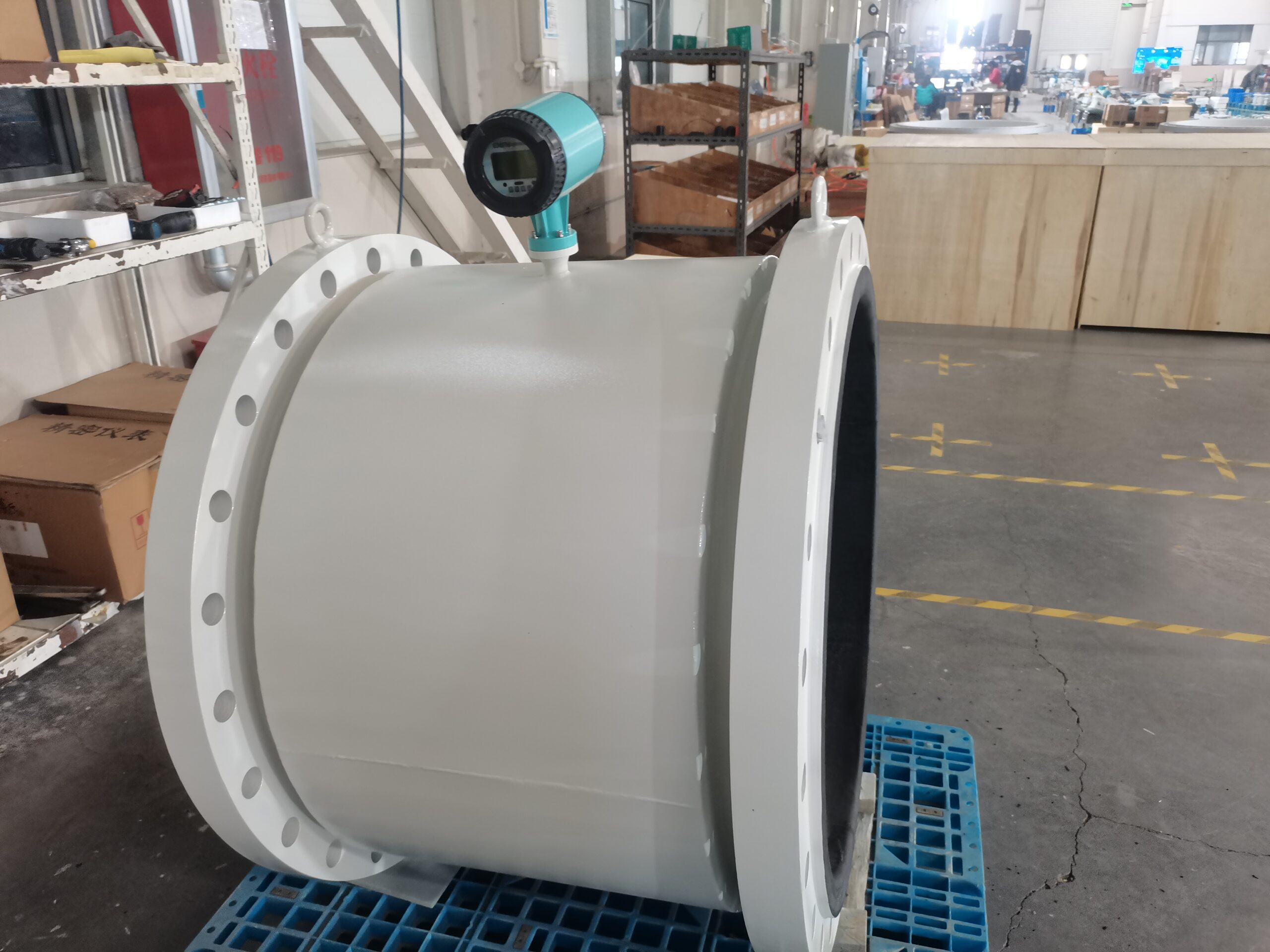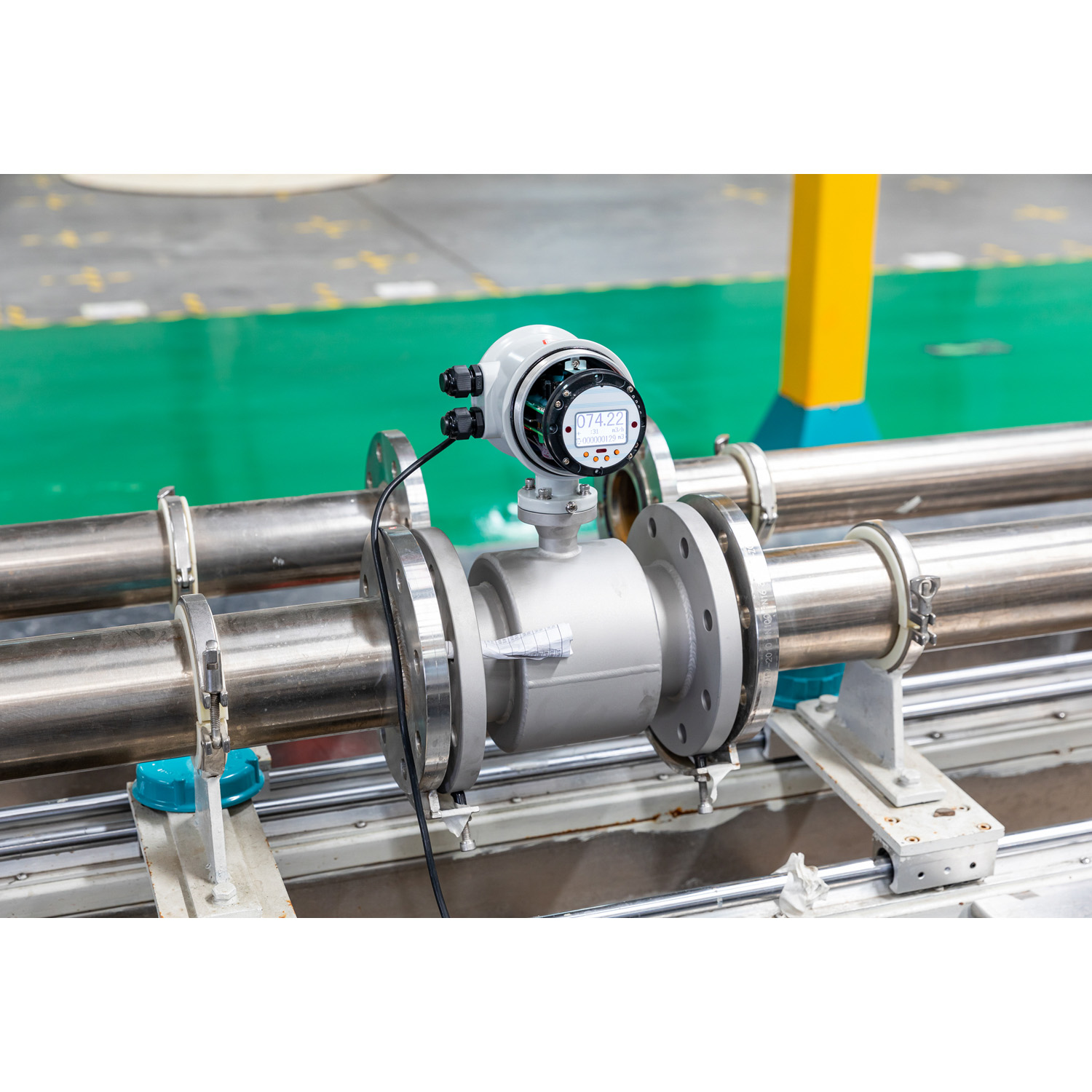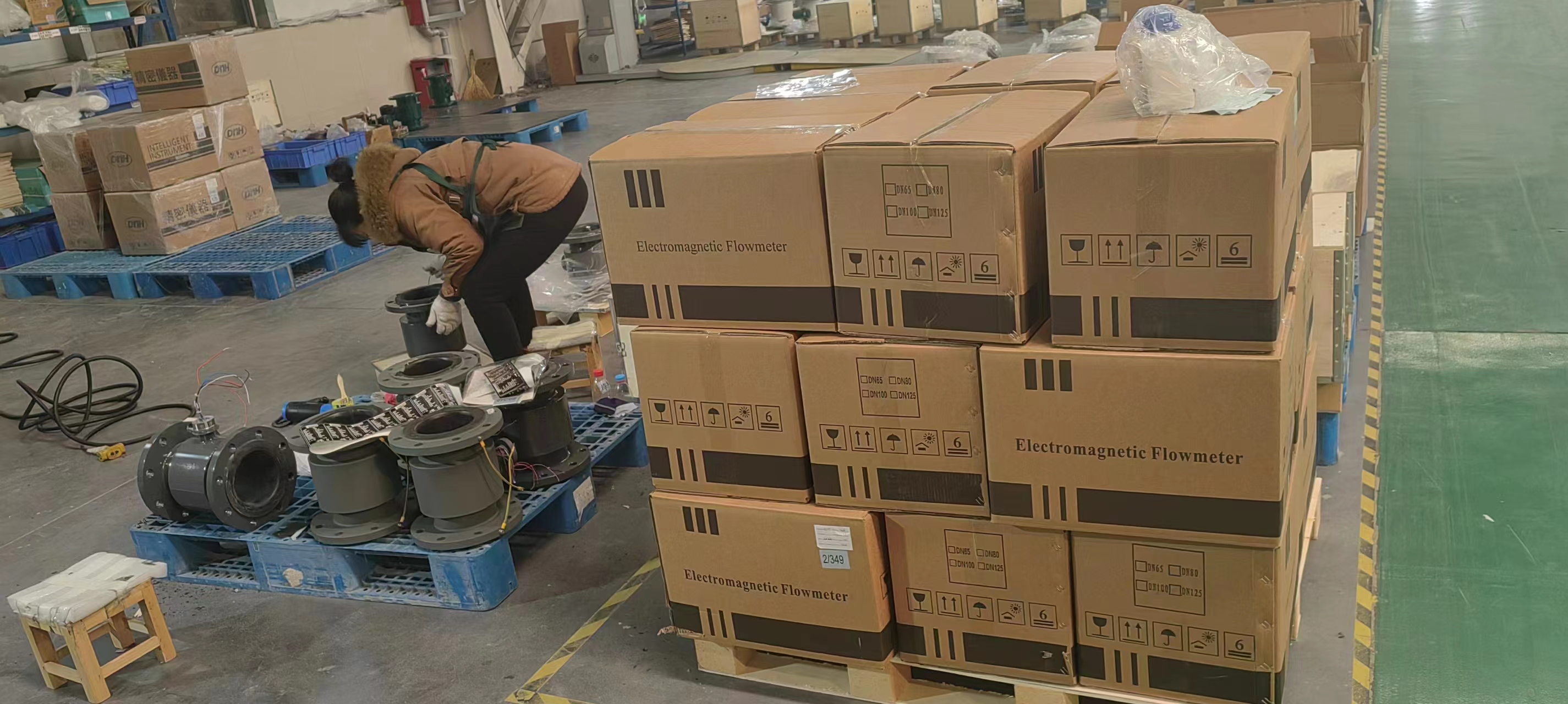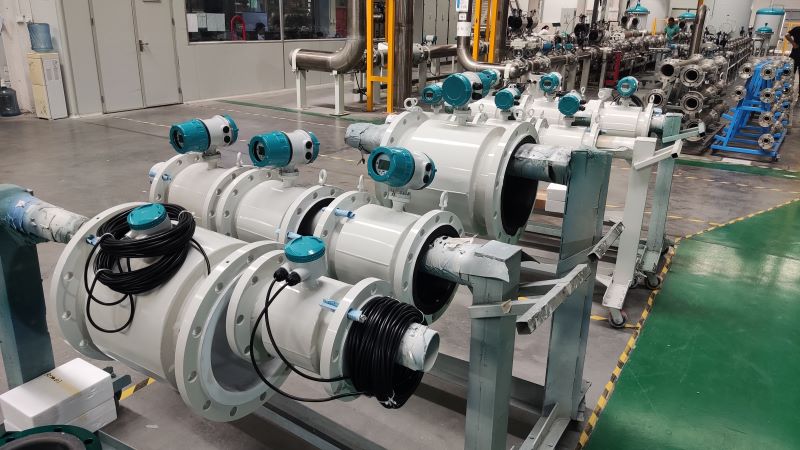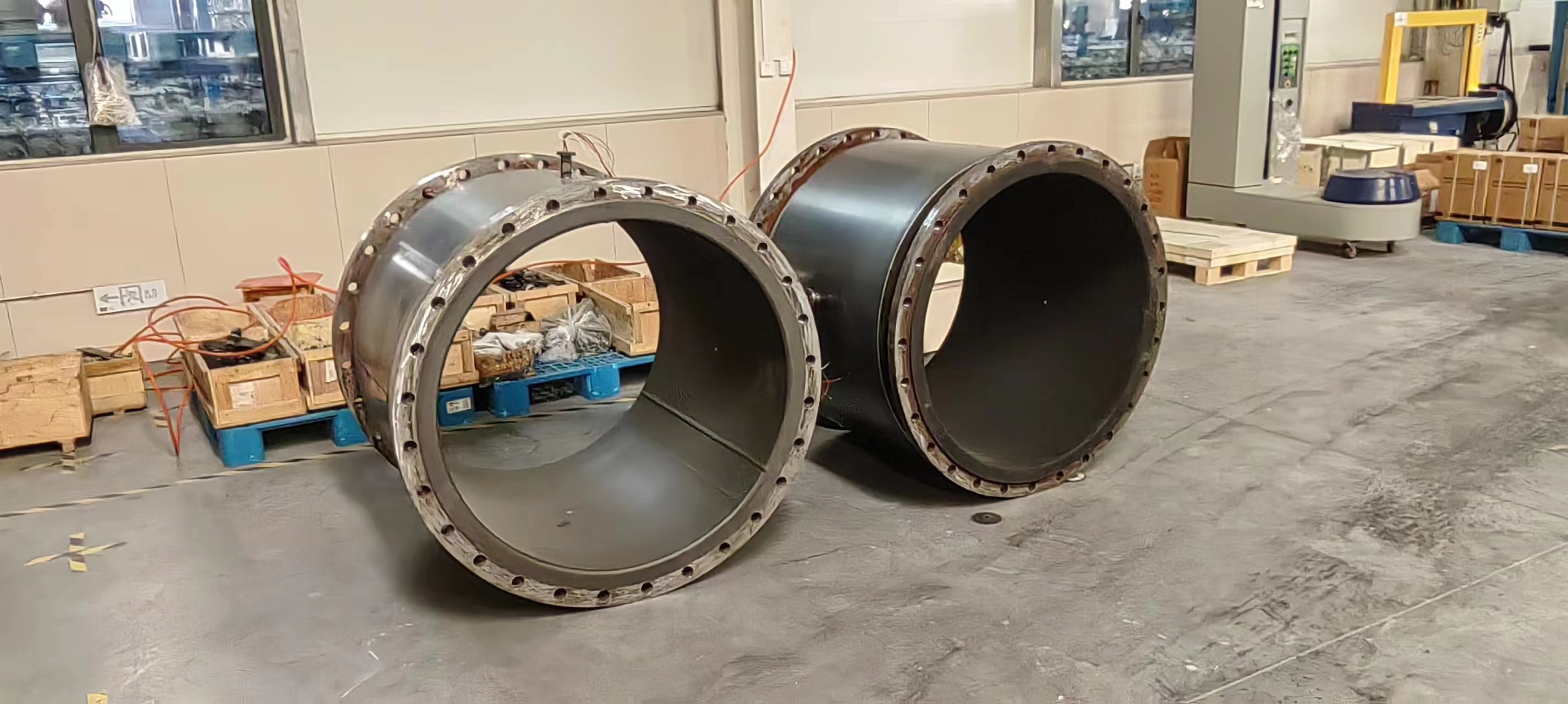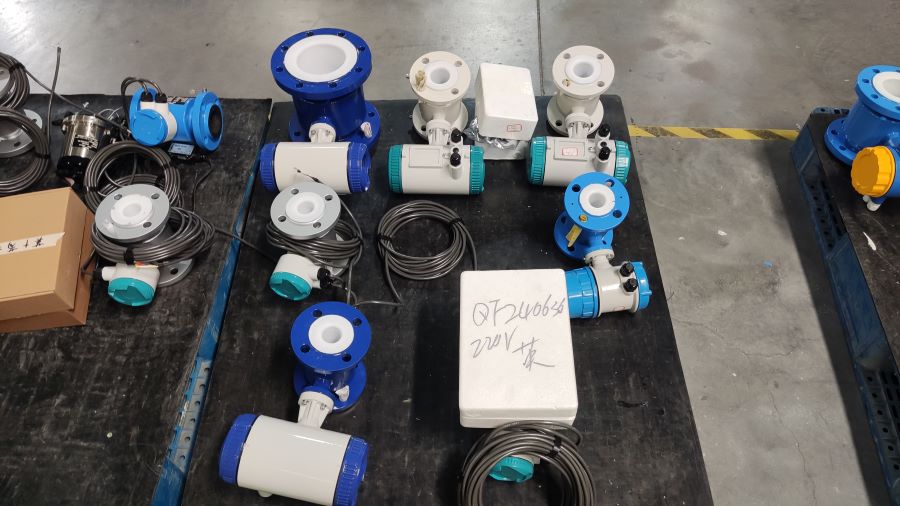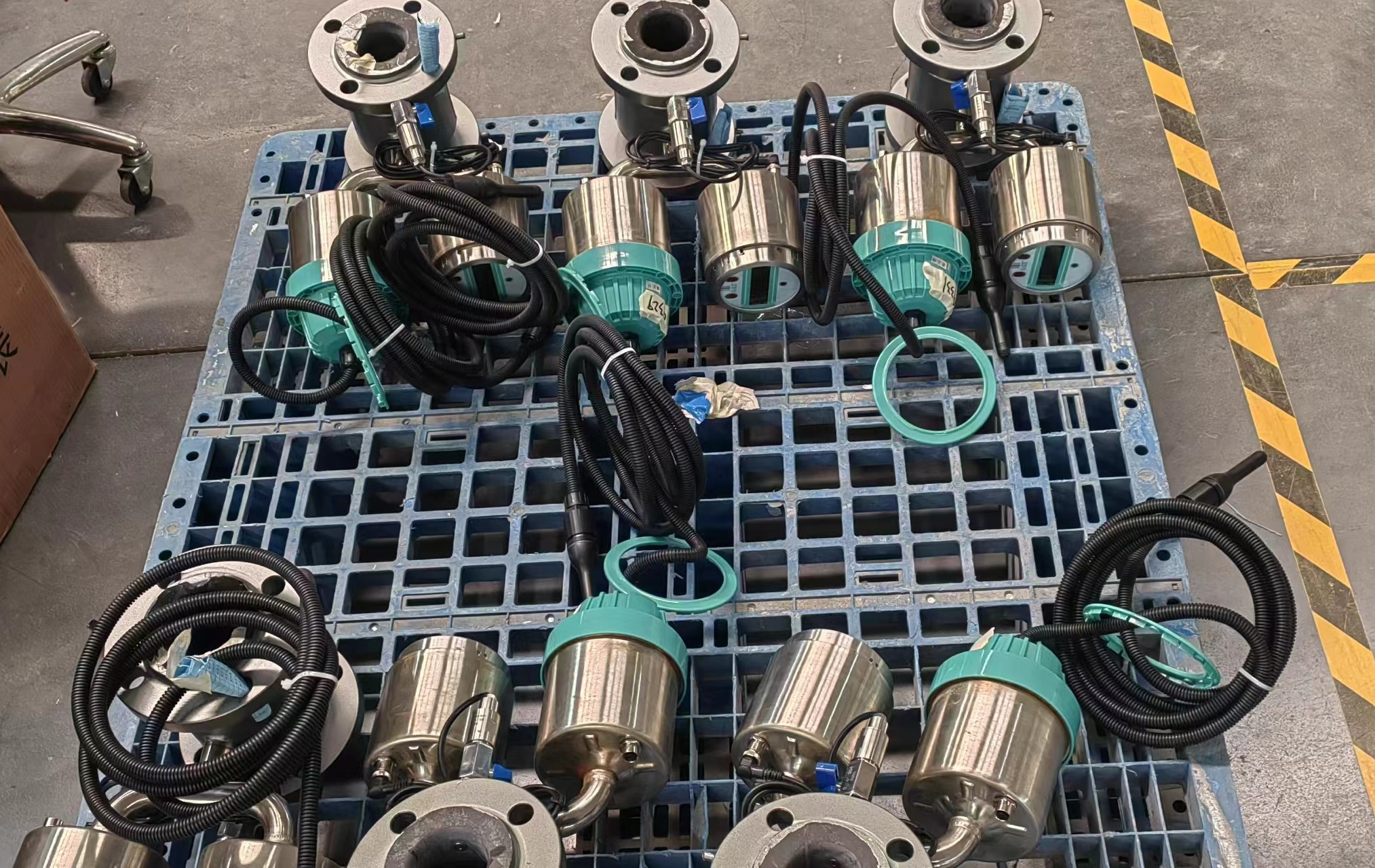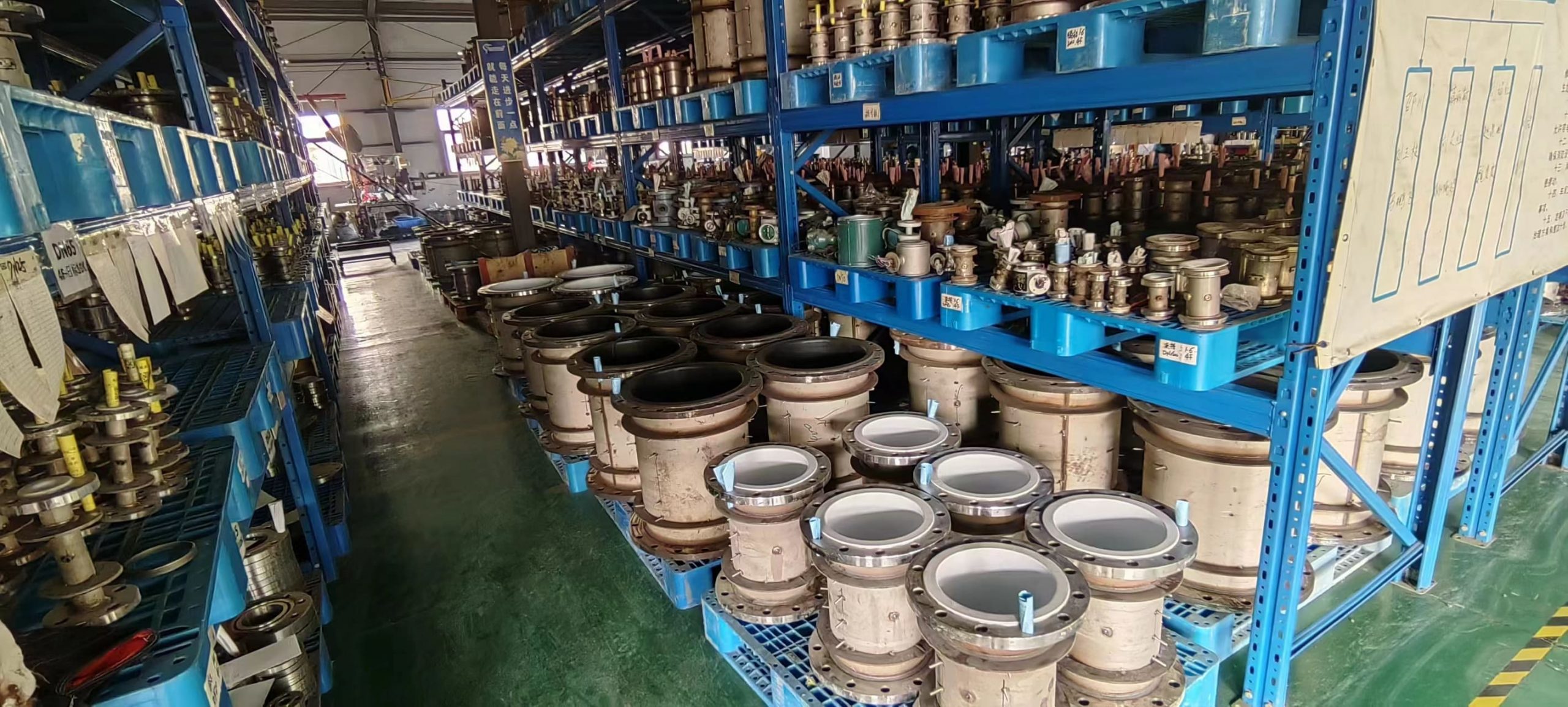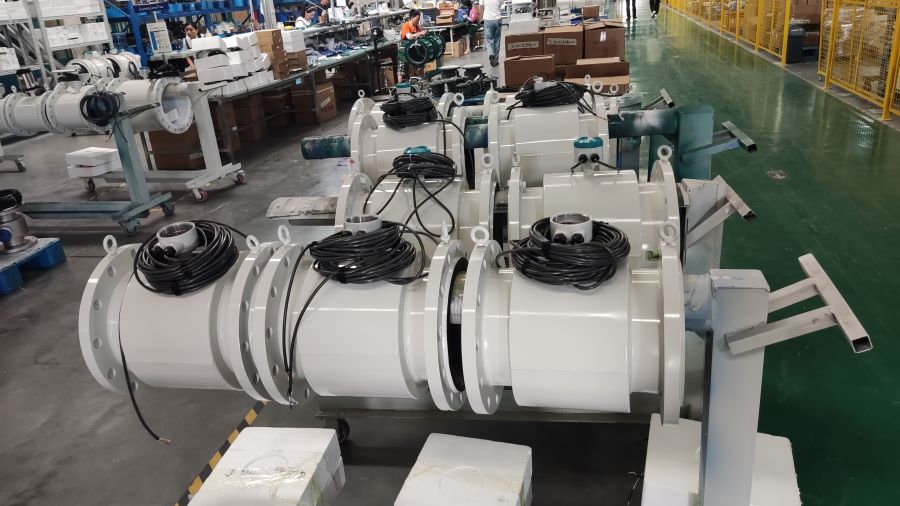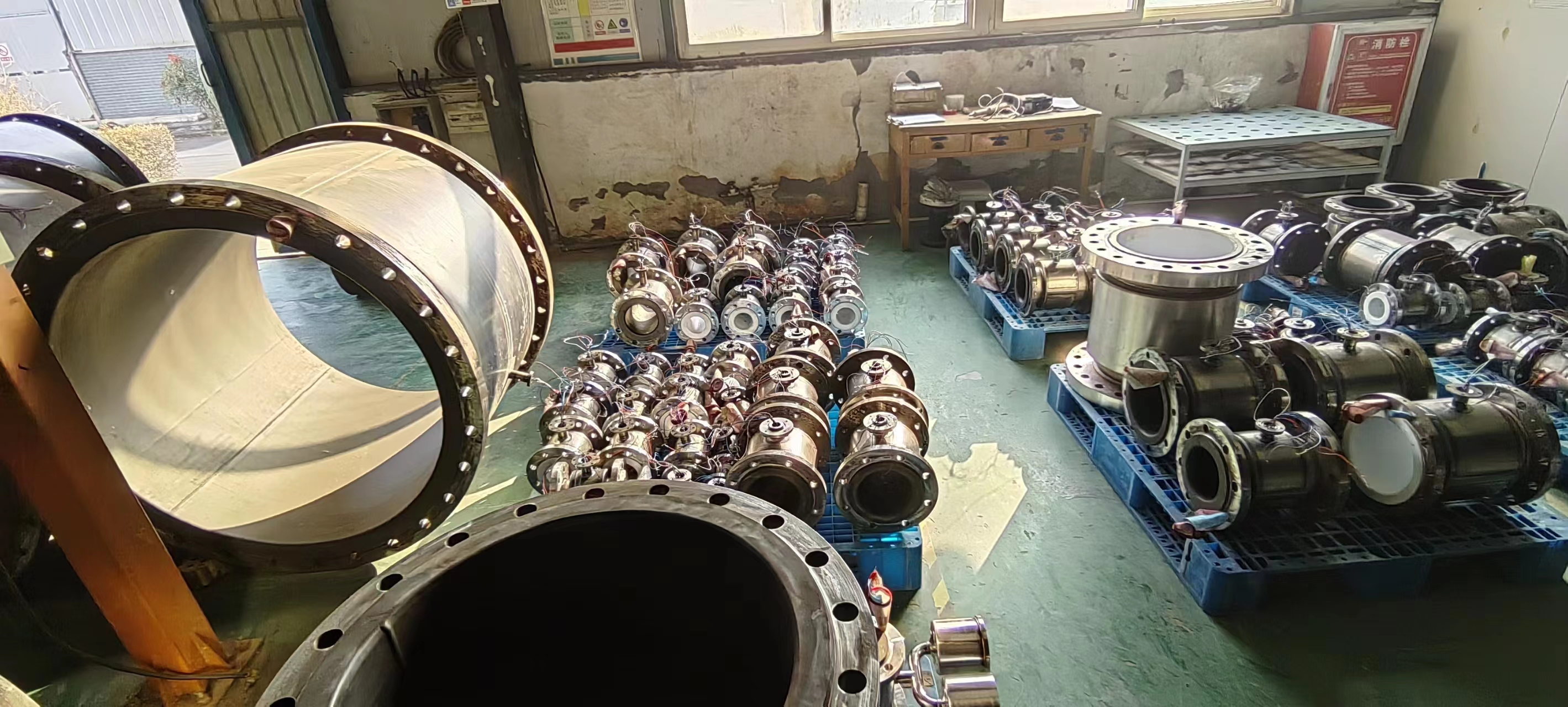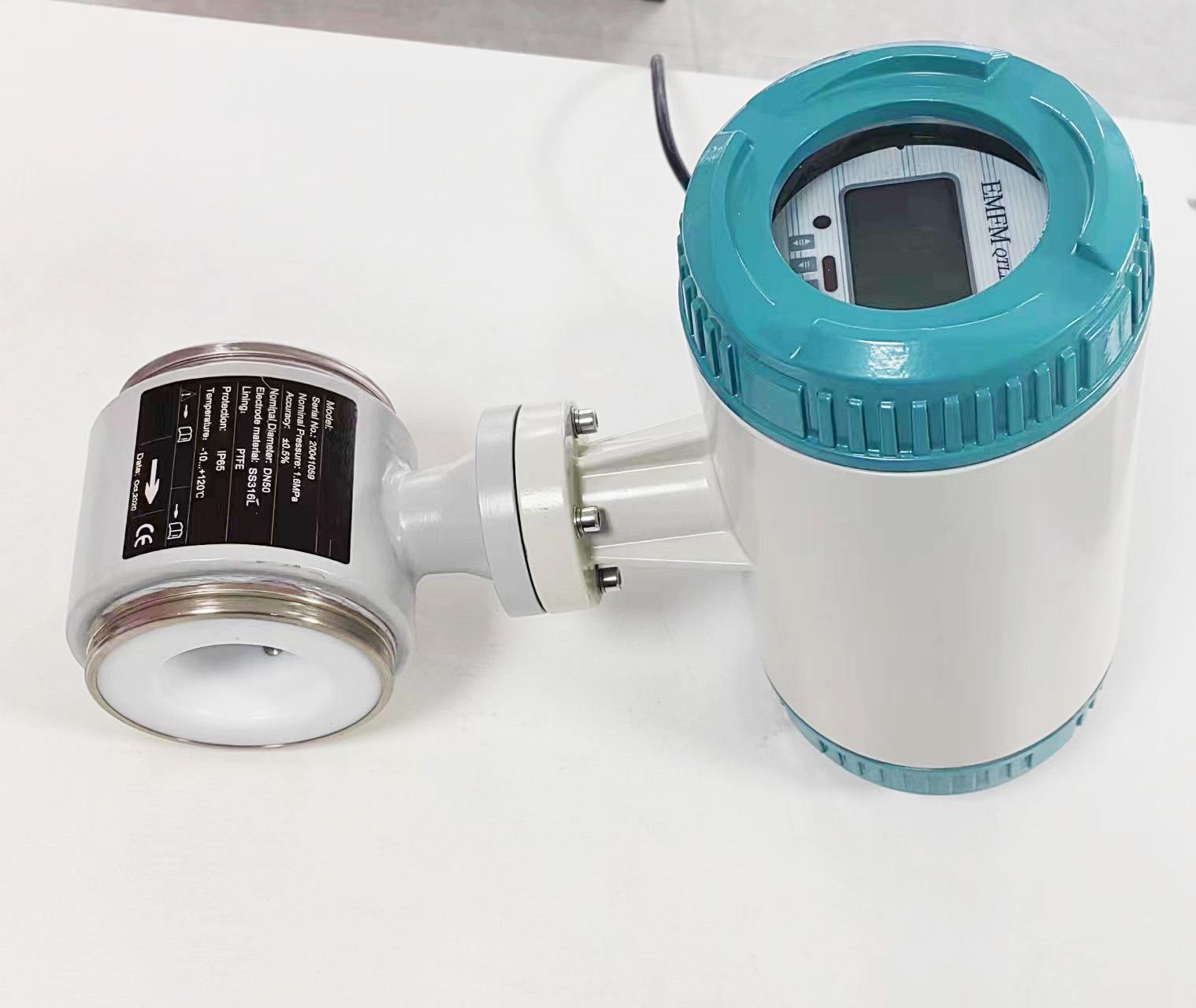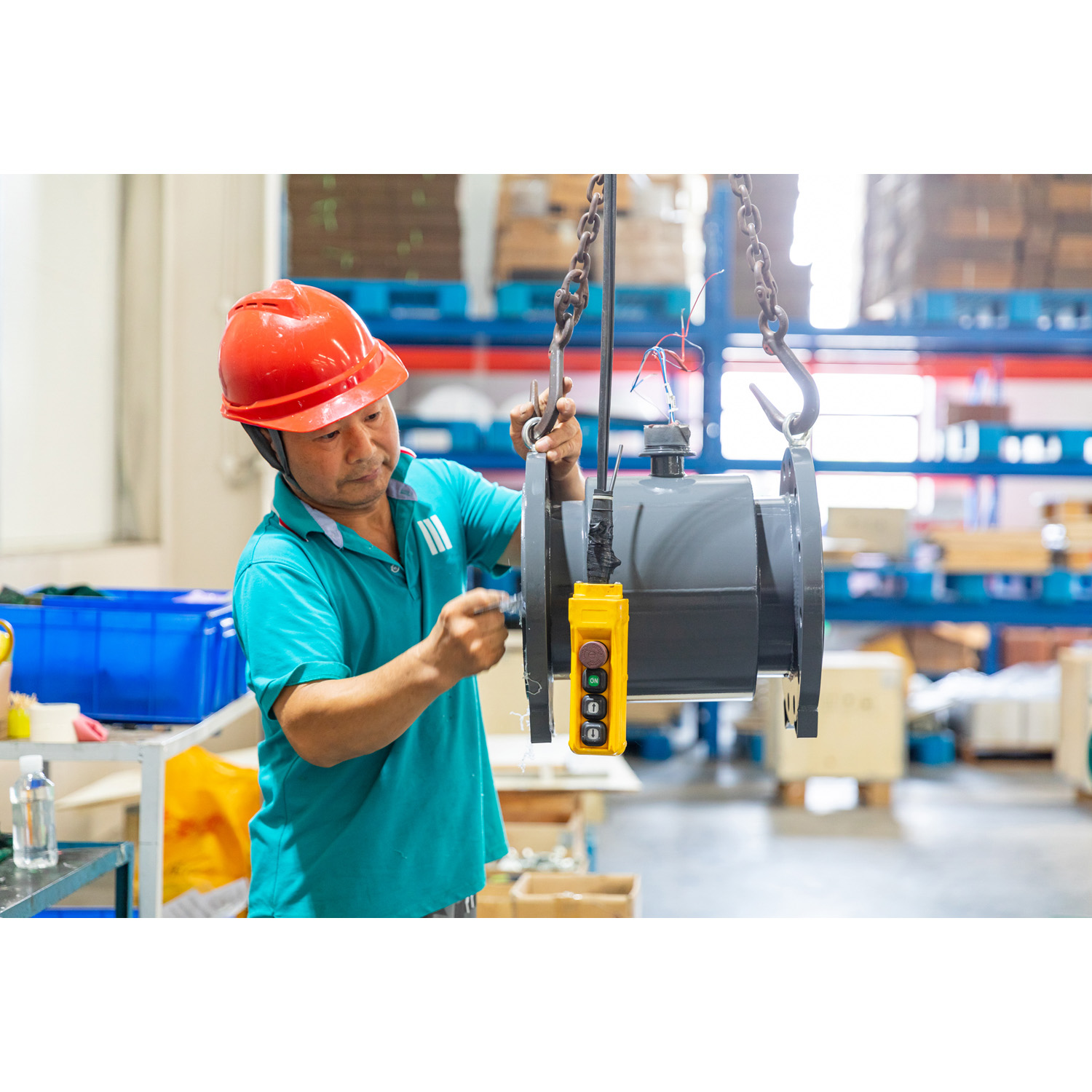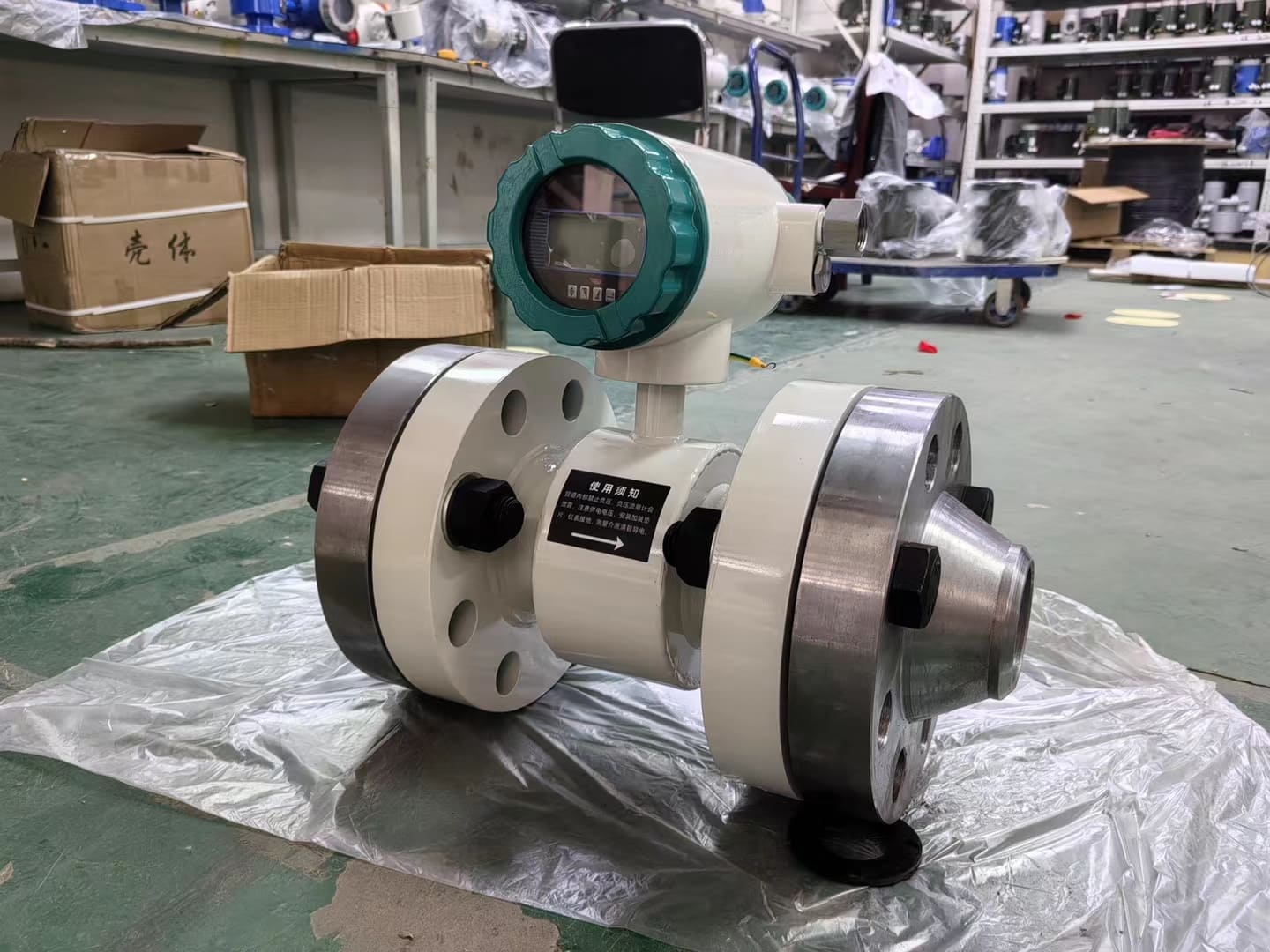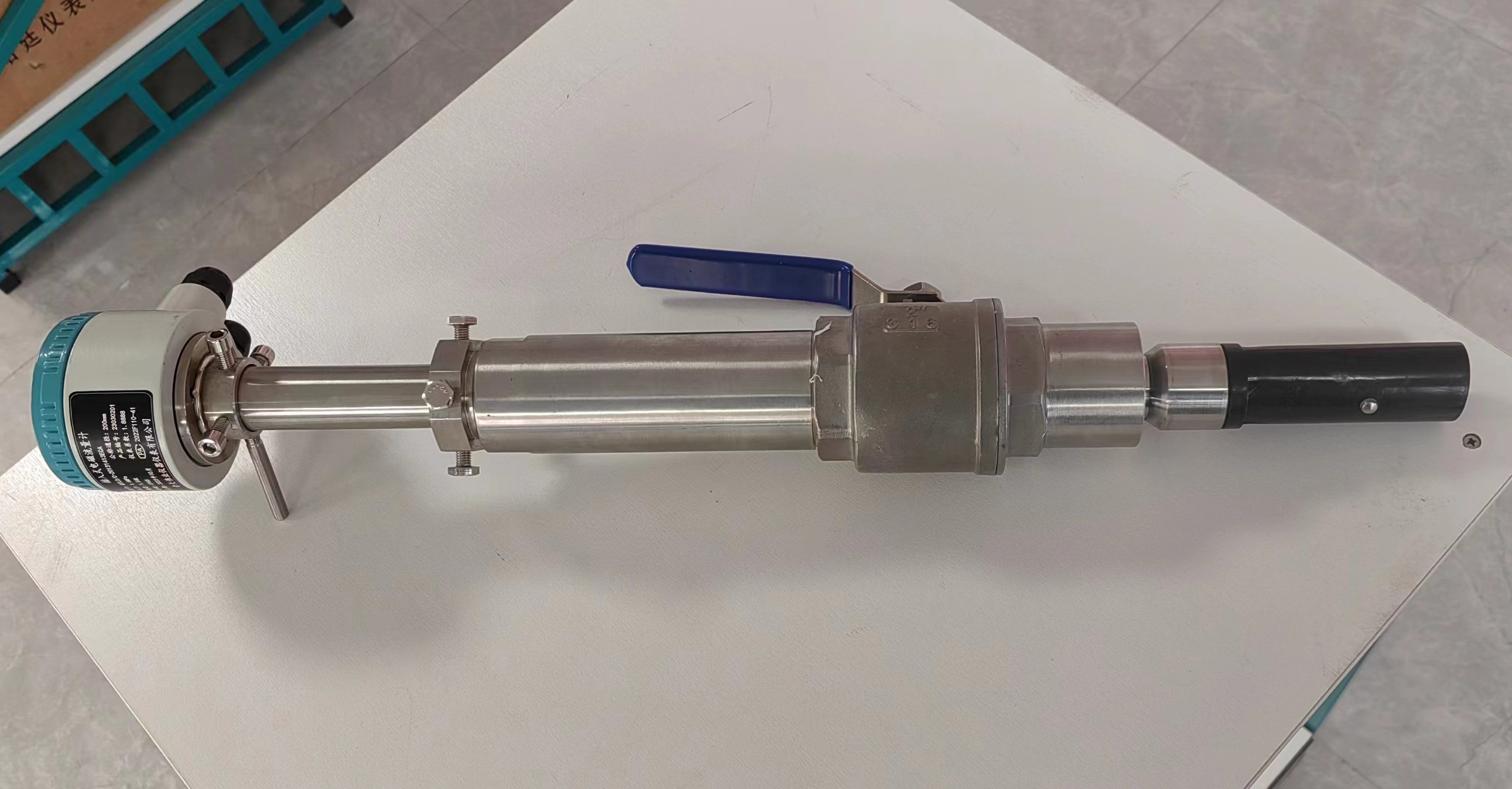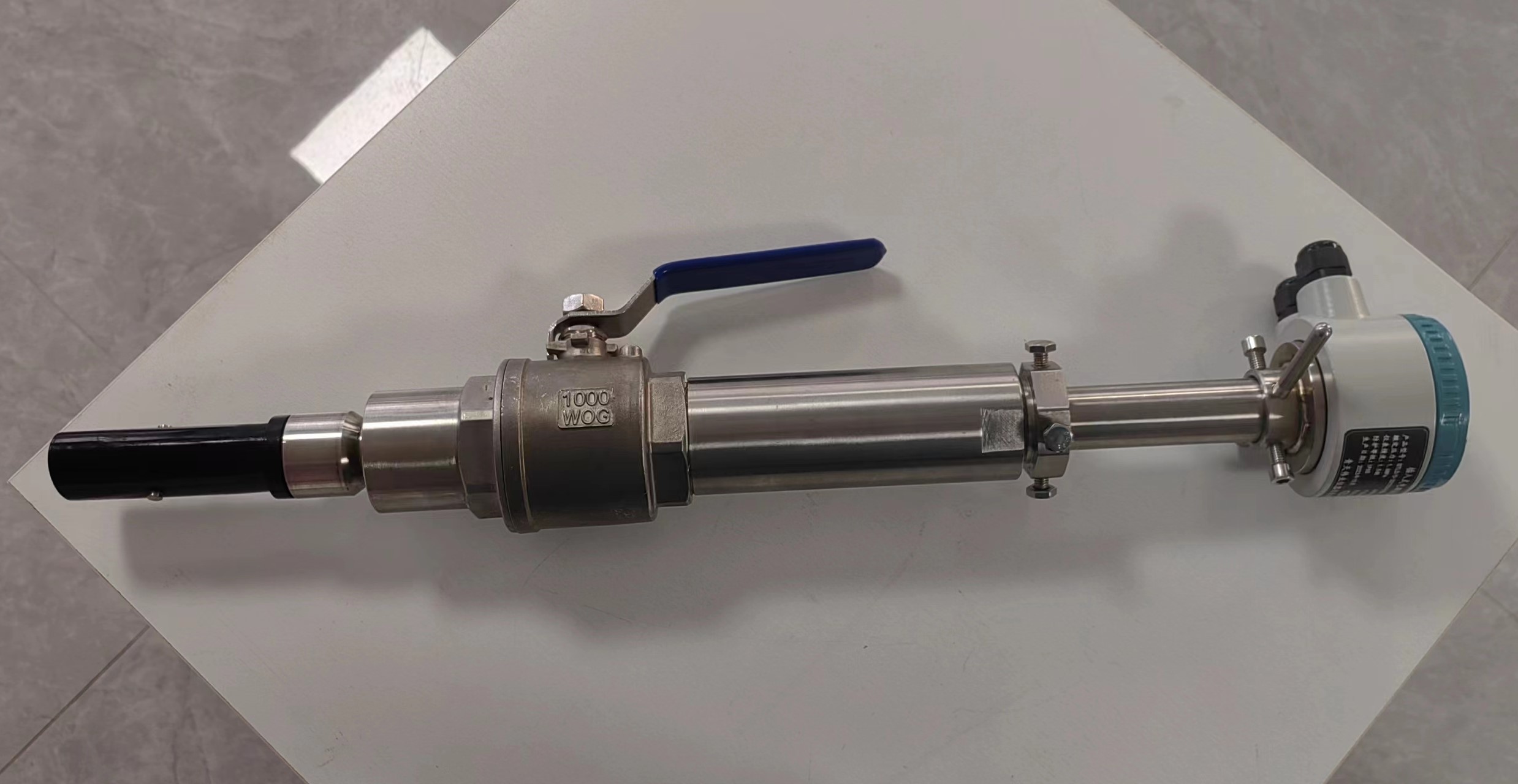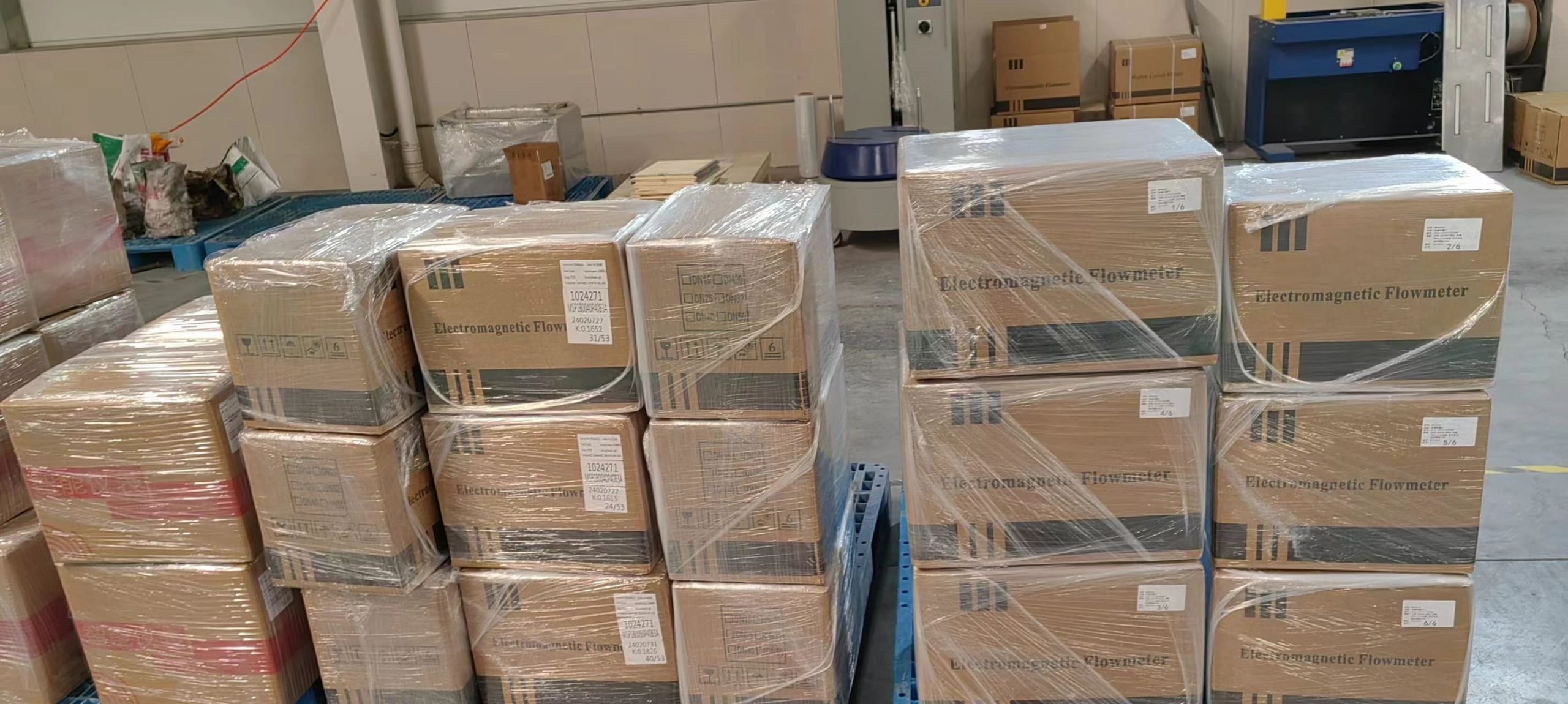How to distinguish the quality of electromagnetic flowmeters from bad ones
From which aspects can one tell whether the quality of the purchased electromagnetic flowmeter is good or bad?
1. Welding process: Argon arc welding. Professional welding is carried out by skilled welders. The weld seam is smooth and regular, similar to the shape of fish scales. Two carbon steel rings serve as the supporting frame, with coils and electrodes installed inside, which are welded together with the outer shell to form the main body of the main body. After the carbon steel support is welded, argon arc welding is also adopted for the flange welding.
After welding, three holes need to be drilled on the measuring conduit and electrodes placed there. Typically, the standard configuration consists of three electrodes, two measuring electrodes and one grounding electrode. Manufacturers who cut corners will reduce one electrode and save on hardware costs and labor costs. The drilling process should be carried out before the lining is installed; otherwise, the high temperature during the drilling process will cause the lining to deform, affecting the sealing performance.
3. Electrode installation of the electromagnetic flowmeter: After the lining process is realized, install the electrodes and coils. The electrode is very small and very similar to the screws we usually use. During the electrode installation process, first make a small hole in the lining, which is smaller than the hole of the measuring conduit. When installing the electrodes, first soften the lining with a hot air gun, then install the electrodes, tighten and fix them with nuts. There is a detail. Placing a tetrafluoroethylene washer under the nut can fix and prevent leakage.
4. The process after the electrodes are installed is to install the coils. Coil: The wire surface is zinc-clad copper. All-copper wires are prone to oxidation in corrosive air environments such as chemical plants, so the end connection part is galvanized.
5. During the winding and installation process, insulation isolation of the coil should be paid attention to. There are several processes that can achieve insulation. First, after the coil is wound, it is wrapped with flame-retardant cloth, then the oil seal is immersed in the oil and a layer of insulation isolation is applied. When assembling, place a plastic sheet between the fixed iron block and the coil for secondary insulation isolation. The winding of the coil is a hidden process and cannot be visited. Pay attention to the thickness of the wire used, the winding method, etc.

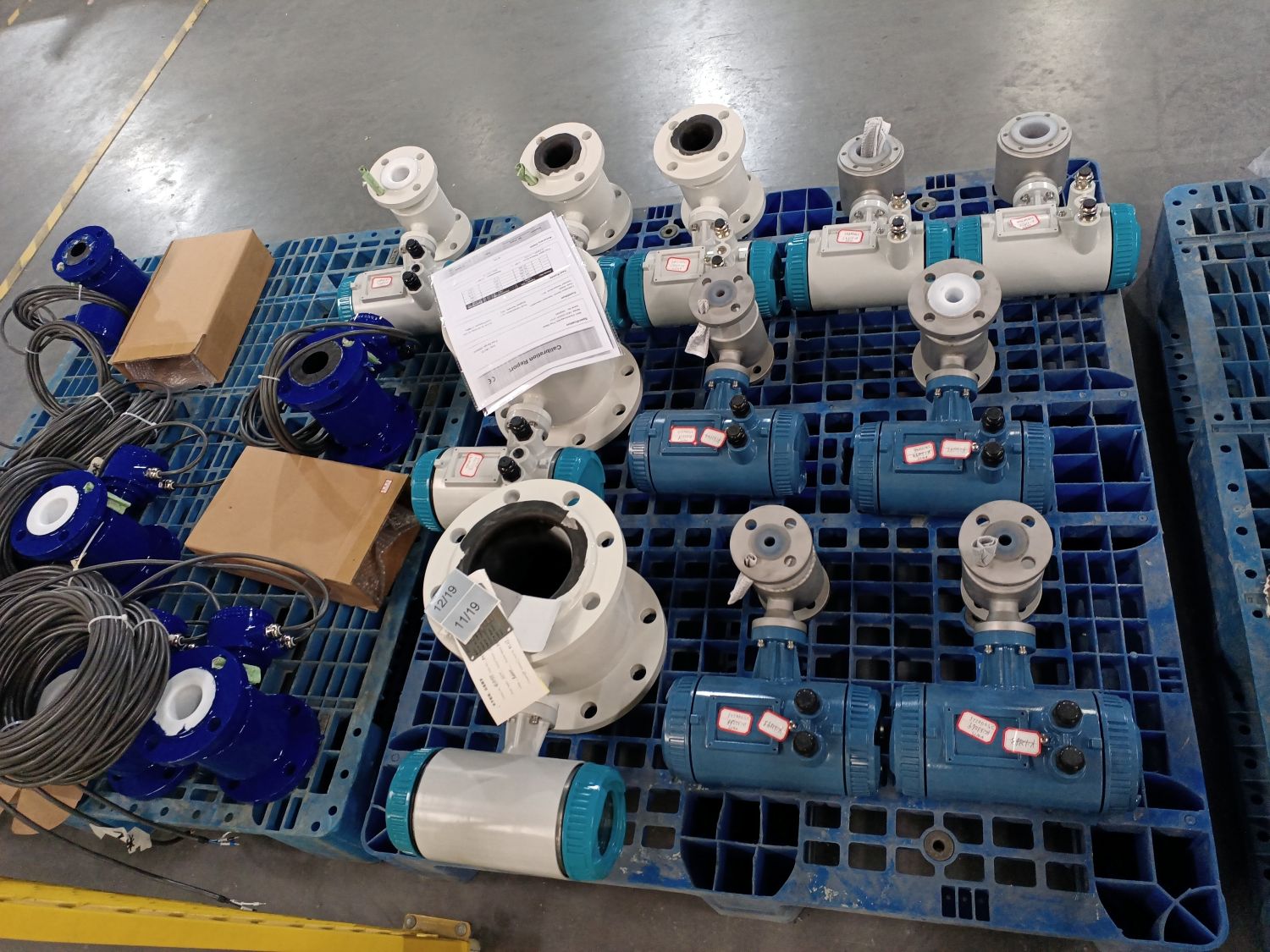
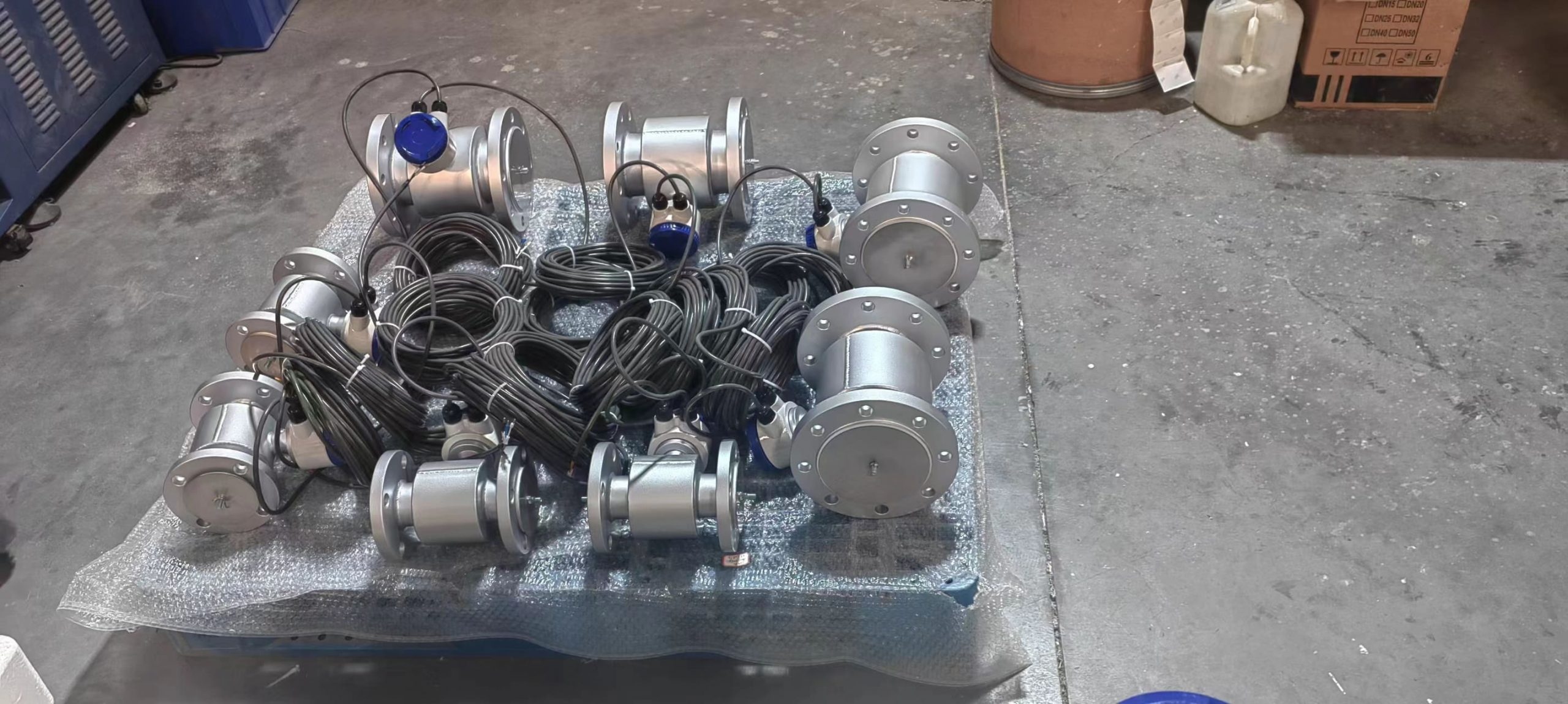
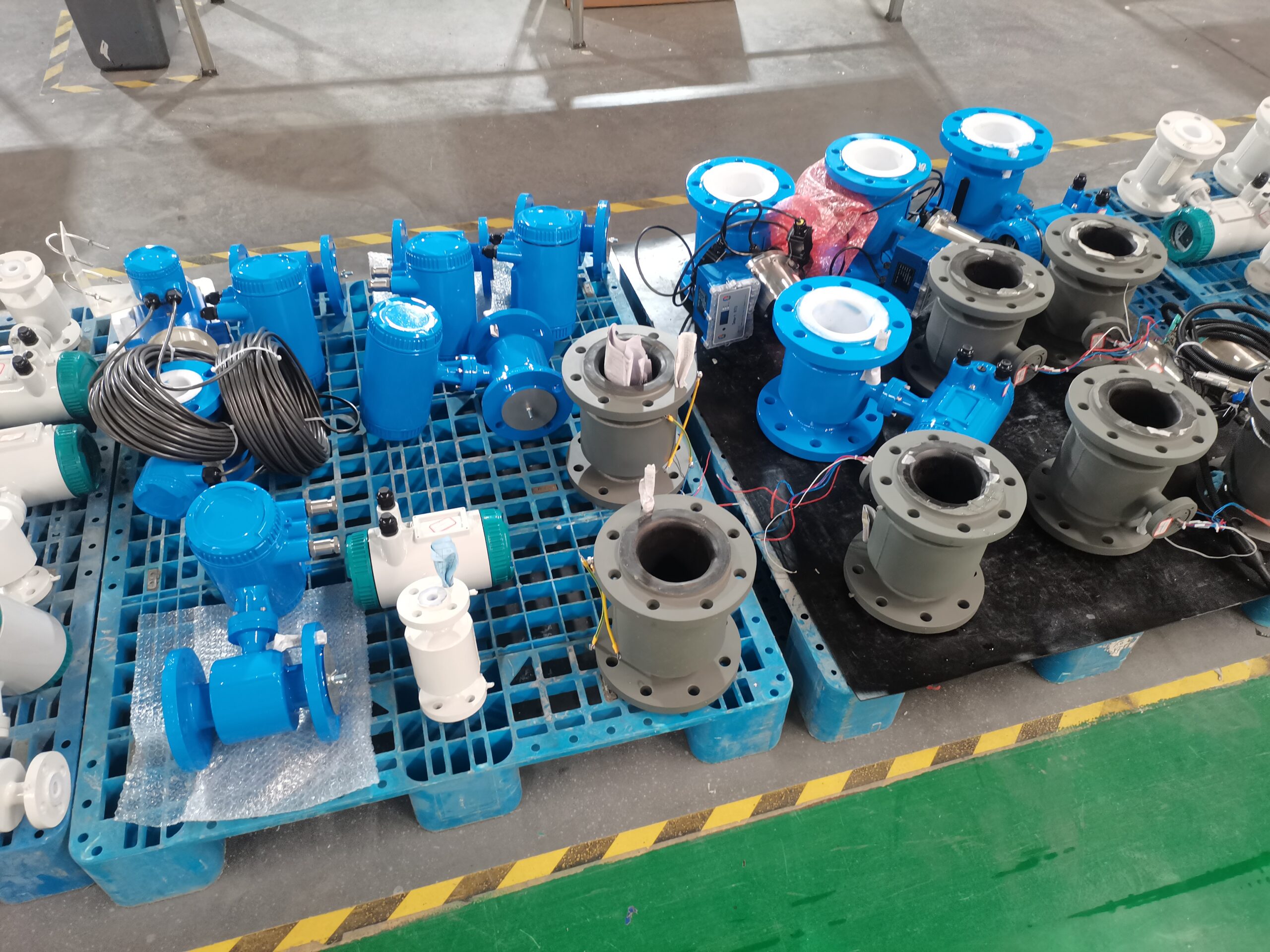
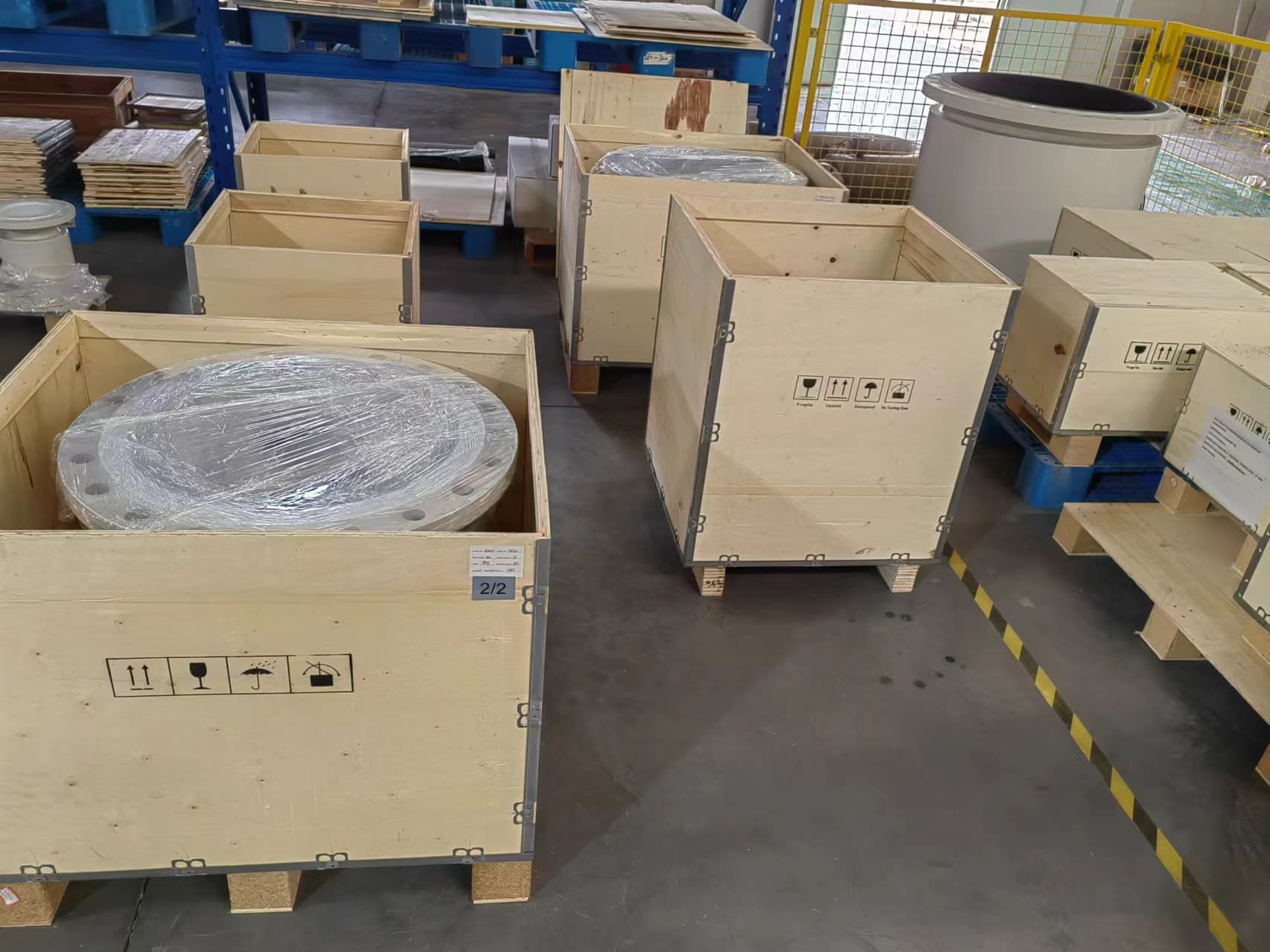
-.jpg)
